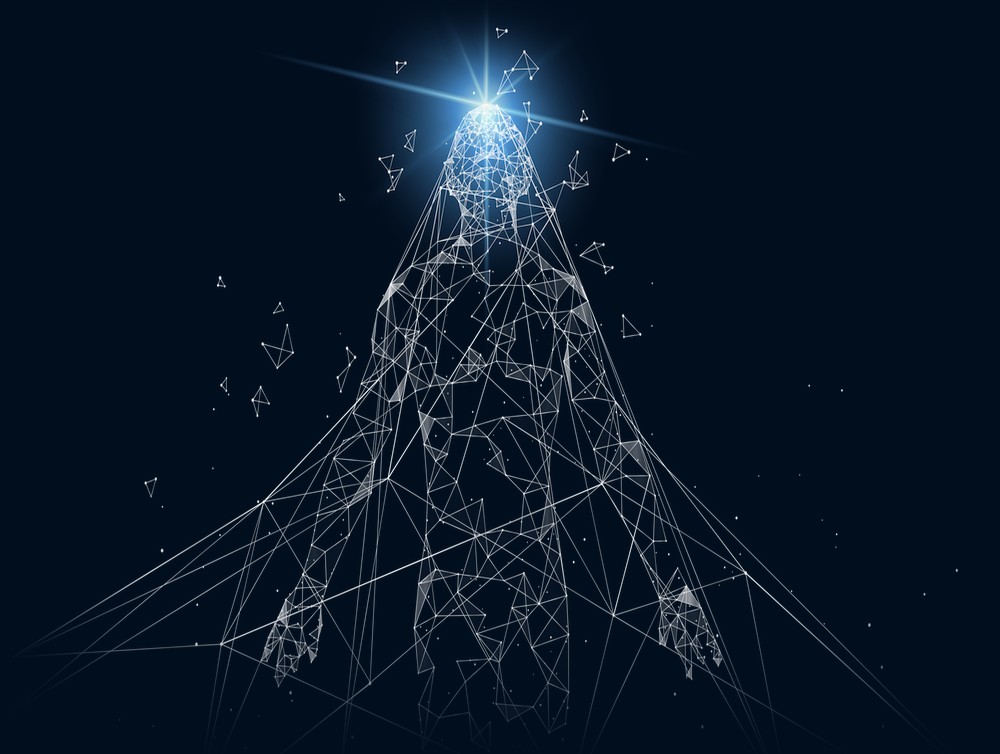Our Productivity Decline

We all thought that technology and increased productivity would go hand in hand. That’s why we deployed volumes of tactical technologies to enhance our organization’s productivity.
Today, our workers are paying the price. All the different applications and technologies are actually creating more work for our already overburdened workforce.
Technology’s Burden
In a study of 247 business software applications in Harvard Business Review, every product claimed to save staff time. While there’s no doubt that organizations gain efficiencies from technologies, researchers observed that these same technologies led to significant additional manual tasks that burden the workforce.
For example, complex workflows across more than one application or data source dramatically increased employee manual work efforts. They switch between applications, transfer data, consolidate that data, check data accuracy across the systems, and correct the errors, create manual reports, update the source data and more. that’s a lot of time and effort to get to the place where we can analyze and use our vast data.
This burden is quantified in research. For example, in a survey by SmartSheets, employees noted that they spend approximately 40% of their day doing repetitive manual tasks.
Productivity Suffers
We’re all seeking to maintain or increase workforce productivity. Technology has promised to deliver the productivity we need to fuel growth. Yet at the end of the day, these technologies hinder productivity as much as they help.
Today, much of our productivity challenge is due to our various point technologies creating an overload for our workers. Instead of performing the high-value work we need from them, they’re forced to focus on low-value manual tasks that are required to be able to leverage our disparate applications and data.
The sheer complexity and amount of work that workers are tasked with completing across all industries has grown out of proportion to the number of workers able to do it.
Another factor that complicates our perceptions about productivity is the disconnect between management and employees. Management is incessantly demanding higher productivity while employees, overburdened by mundane tasks, say they have no more to give.
This chasm is evidenced by the Microsoft Work Trends Index. 87% of employees believe they are productive at work, yet only 12% of managers believe their team is productive.
Throwing more and more technology at the problem isn’t the answer. We’ve done that for decades.
Amplifying Technology and Productivity
We have reached a point when we must radically rethink the way our workers interact with our diverse, siloed technologies and information.
What if we could blend the potential of artificial intelligence with the creativity and innovation of human workers?
What if we could make work meaningful through technology, rather than degrading work because of technology?
Enter the Digital Worker.
Digital workers are AI-driven software that orchestrate complex, dynamic workflows across diverse technology platforms and applications. Digital workers solve the challenges of point technologies while providing flexible, dynamic cross-organization orchestration an optimization.
Digital workers collaborate with human workers on many levels. Aside from offloading mundane tasks, they interact with their human partners to get necessary approvals, seek additional information whenever decisions need to be made or conflicts emerge, and can even recommend enhancements to work or processes.
Think of digital workers as highly intelligent, professional assistants, assigned to their worker, manager or leader to provide the support they need to do the work we hired them to do – think and create.
The Bottom Line
Technology adoption promised increased productivity and less paperwork.
That hasn’t come to pass. Instead, we’ve created even more mundane work to access and use our diverse data across multiple siloes.
By leveraging digital workers to orchestrate the repetitive processes and tasks, we free up human workers to focus on the high-value work we hired them to do.
What can you expect when you bring a few digital workers on board?
Dramatically increased productivity, accuracy and performance. As well as happier, more engaged employees.